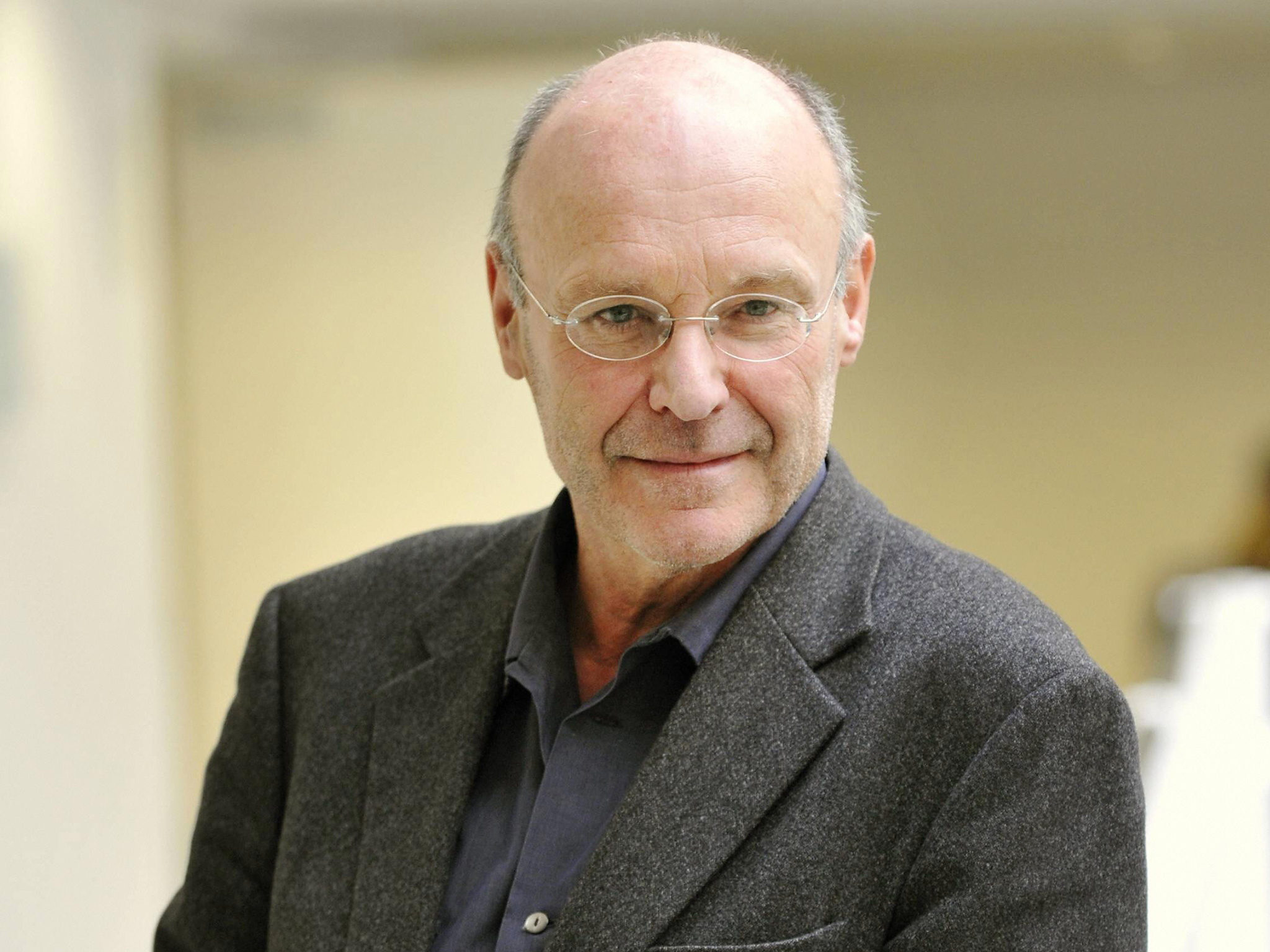
Anselm Kiefer (born 8 March 1945)
The life cycle
6 3 … 6 3 … 6 3
Important years of life
1956 3
1959 6
1965 3
1968 6
1974 3
1977 6
1983 3
1986 6
1992 3
1995 6
2001 3
2004 6
2010 3
2013 6
2019 3
2022 6
2028 3
…
The son of a German art teacher,Kiefer was born in Donaueschingen two months before the end of World War II. In 1951, his family moved to Ottersdorf, and he attended public school in Rastatt, graduating high school in 1965
1983 Hans-Thoma-Preis (Baden-Württemberg)
In 2011, Christie’s set a new worldwide record of $3.6 million for the artist, when it sold To the Unknown Painter (1983) to an American private collector…
Kiefer moved to Dusseldorf in 1970. In 1971 he moved to Hornbach, in southwestern Germany, where he established a studio. He remained there until 1992; his output during this first creative time is known at The German Years. In 1992 he relocated to France.
In 1992 he established himself in Barjac, France, where he transformed his 35-hectare studio compound La Ribaute into a Gesamtkunstwerk. A derelict silk factory, his studio is enormous and in many ways is a comment on industrialization. He created there an extensive system of glass buildings, archives, installations, storerooms for materials and paintings, subterranean chambers and corridors.
Personal life
Kiefer left his first wife and children in Germany on his move to Barjac in 1992. Since 2008 he has lived in Paris, in a large house in the Marais district, with his second wife, the Austrian photographer Renate Graf, and their two children
From 1995 to 2001, he produced a cycle of large paintings of the cosmos.
Since 2002, Kiefer has worked with concrete, creating the towers destined for the Pirelli warehouses in Milan, the series of tributes to Velimir Khlebnikov (paintings of the sea, with boats and an array of leaden objects, 2004-5), a return to the work of Paul Celan with a series of paintings featuring rune motifs (2004–6), and other sculptures.In 2006, Kiefer’s exhibition, Velimir Chlebnikov, was first shown in a small studio near Barjac, then moved to White Cube in London, then finishing in the Aldrich Contemporary Art Museum in Connecticut. The work consists of 30 large (2 x 3 meters) paintings, hanging in two banks of 15 on facing walls of an expressly constructed corrugated steel building that mimics the studio in which they were created. The work refers to the eccentric theories of the Russian futurist philosopher/poet Velimir Chlebnikov, who invented a “language of the future” called “Zaum”, and who postulated that cataclysmic sea battles shift the course of history once every 317 years. In his paintings, Kiefer’s toy-like battleships—misshapen, battered, rusted and hanging by twisted wires—are cast about by paint and plaster waves. The work’s recurrent color notes are black, white, gray, and rust; and their surfaces are rough and slathered with paint, plaster, mud and clay
Sophie Fiennes filmed Kiefer’s studio complex in Barjac for her documentary study, Over Your Cities Grass Will Grow (2010), which recorded both the environment and the artist at work. One critic wrote of the film: “Building almost from the ground up in a derelict silk factory, Kiefer devised an artistic project extending over acres: miles of corridors, huge studio spaces with ambitious landscape paintings and sculptures that correspond to monumental constructions in the surrounding woodland, and serpentine excavated labyrinths with great earthy columns that resemble stalagmites or termite mounds. Nowhere is it clear where the finished product definitively stands; perhaps it is all work in progress, a monumental concept-art organism.
…In 2008, Kiefer installed Palmsonntag (Palm Sunday) (2006), a monumental palm tree and 36 steel-and-glass reliquary tablets in the auditorium-gym of the First Baptist Church of Los Angeles, an enormous Spanish Gothic edifice built in 1927. The room was reconfigured to accommodate the work. Floors were sanded to remove the basketball court’s markings, and the wall for the reliquary paintings was constructed inside the space.In 2010 the piece was installed at the Art Gallery of Ontario museum in Toronto, where Kiefer created eight new panels specifically for the AGO’s exhibition of this work.
In Next Year in Jerusalem (2010) at Gagosian Gallery, Kiefer explained that each of the works was a reaction to a personal “shock” initiated by something he had recently heard of